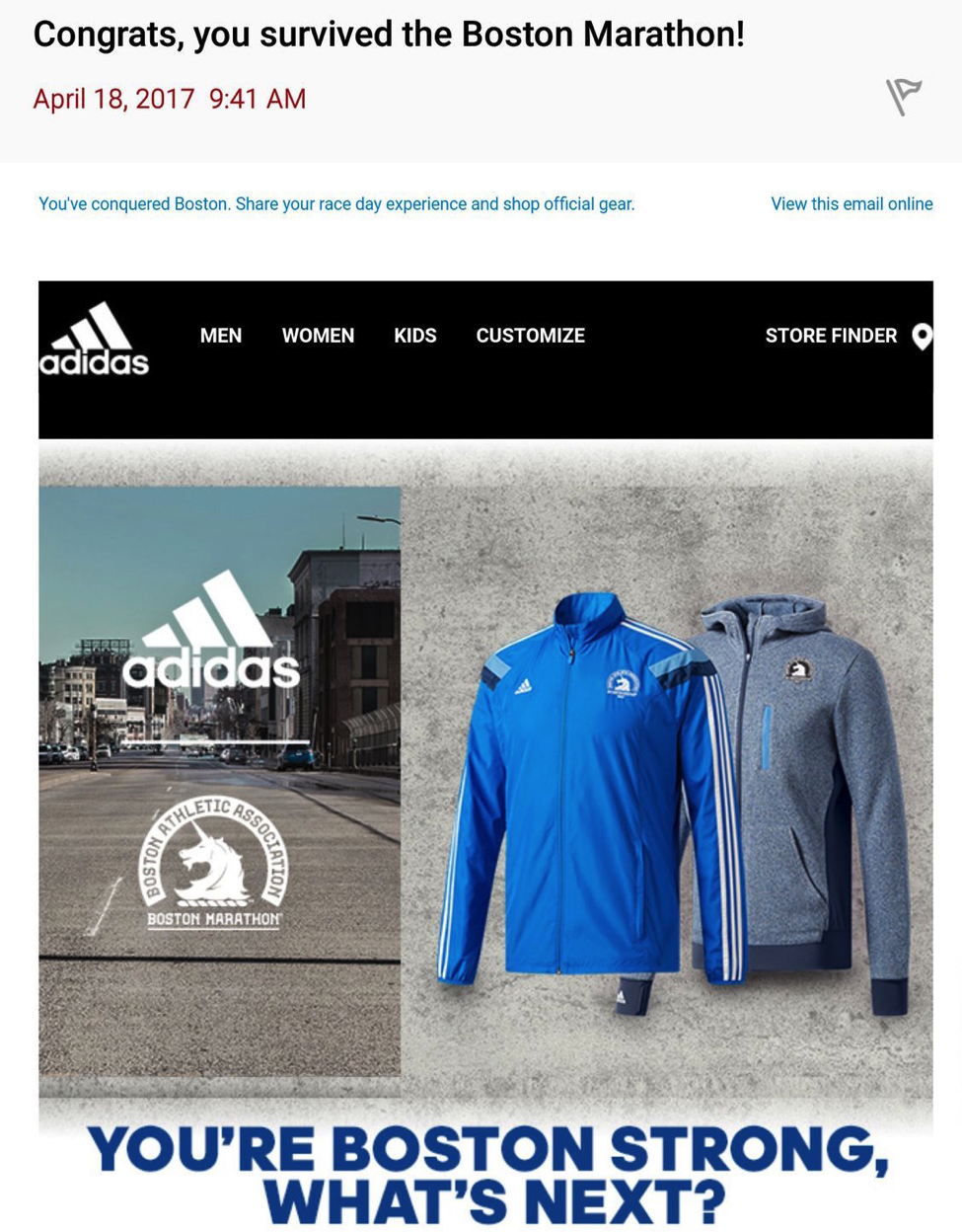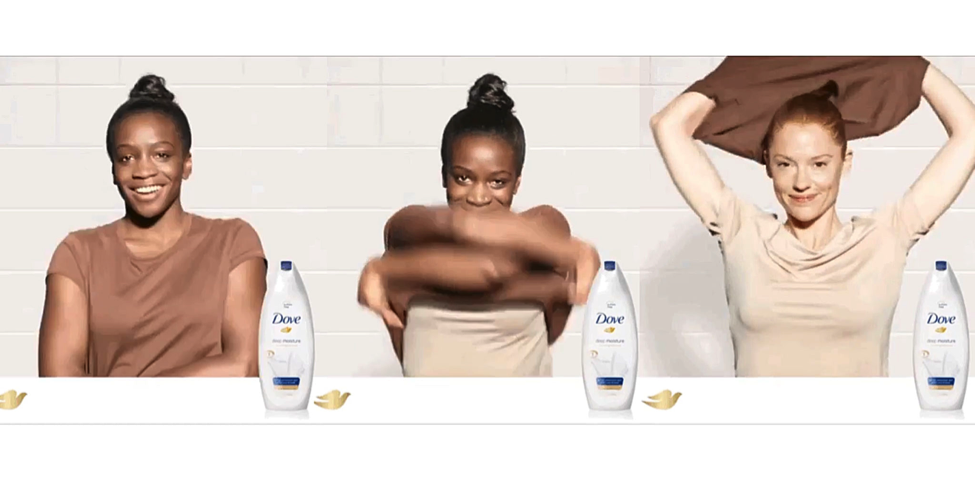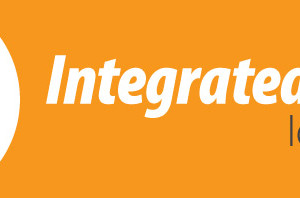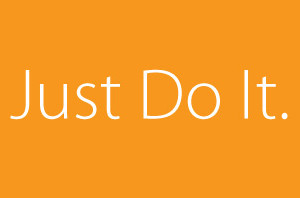
Whew. What a year 2017 was for branding. Many brands got politically or socially active, a risky move. At times it struck a powerful chord with audiences; other times, it completely backfired. Take a look back at the most successful and most disappointing examples of branding during the year.
2017 Brand Highlights
Some are strongly opposed to businesses aligning themselves with polarizing issues, but the political climate of 2017 led more brands than usual to do just that. The three examples that follow did so successfully.
McCann: Fearless Girl
This effort by agency McCann and State Street Global Advisors was highly publicized. A statue of a little girl with her hands on her hips was placed in front a giant, masculine bull statue on Wall Street. This “Fearless Girl” represented gender equality, summarized neatly by Laurel Rossi, CMO of Rauxa, who stated:
“What can be said that hasn’t already been lauded about this monument to female equality, opportunity and possibility? She might be small in stature but to millions of future female doers, shakers and leaders, State Street’s and McCann’s Fearless Girl represents a movement larger than life.”
Axe: Is it Okay for Guys?
Axe broke away from its original hyper-masculine voice and used influencers, rather than celebrities to question the standards set for men. It was another good example of questioning gender norms and equality.
Heineken: World’s Apart
Unlike the other two examples, the brand Heineken itself didn’t share their viewpoint on any controversial issues. Rather, they challenged several pairs with drastically opposing opinions to work on a common goal together: to build a bar. The pairs were clueless of the other’s beliefs until they sat down after their challenge to have a beer (Heineken, of course). They then discovered their differences. The challenges seemed to have brought the pairs closer together, however, so they were able to tackle hard conversations in an appearingly conductive, friendly manner. Obviously, this is in stark contrast to the divisive conversations we witness frequently recently. The sequence of events was obviously planned, but the reactions from the participants felt honest.
Brands that Fell Flat in 2017
The following brand mistakes seem so obvious that it’s easy to wonder how they even happened. Nevertheless, they exist and they’re offensive, regardless of what message these brands meant to send.
Pepsi Protest Ad
This was one of the biggest marketing mistakes over the last few years, so there’s no doubt you heard of this one and no doubt that’s it’s made the worst on every branding list for the year. The ad shows a protest taking place in the streets and then model Kendall Jenner abandons her set to join with the march. Jenner then hands a Pepsi to a police officer, apparently resolving the conflict. There was several issues with the clip – from the bland protest signs to its link to Black Lives Matter.
Adidas: “Congratulations! You survived the Boston Marathon.”
Yikes. Being a sports brand, the newsletter Adidas sent following the Boston Marathon could have been an excellent marketing opportunity for them. Instead, they used the poorest possible word choice. You’re likely aware of the tragedy of the 2013 Boston Marathon, so taking that into context, this was a definite oops on Adidas’ part.

Dove’s Racist Ad
Dove created an ad attempting to show “the diversity of real beauty,” but through sloppy execution, the ad displayed a black model removing a tee shirt matching her skin tone to reveal a white woman. It’s obvious why this ad was in the wrong.

How to Successfully Navigate Tricky Messages
Since this year was full of politically charged marketing, here are some tips that will help you navigate polarizing issues so successfully:
- Choose your position and go all the way. If you decide to make a statement, make it clear. Don’t be ambiguous about your message and don’t backtrack once you go there. The reason certain campaigns worked so well was because they were bold and the brands owned their move. One that doesn’t go far enough can come off as inauthentic and failing to impress either side of the aisle. Just think of the Pepsi ad – generic posters and no real stance.
- Create a message that speaks for itself. Your campaign needs to be relatable and preferably, news-worthy. The positive examples from above got a significant amount of buzz because audiences could relate to the stories the ads told. They were good messages that were amplified by others.
- Consider using influencers, rather than celebrities. Besides the cost savings, influencers also often see high levels of trust and engagement. If you’re brand is taking a stand on something, it may appear more authentic to use influencers as they come across as ordinary people. Axe used influencers very successfully. Pepsi, on the hand, made an additional mistake by using a celebrity – one that could easily appear out-of-touch.
- Review, review, review. Make sure to have a thorough review process for all ads, even if they don’t appear controversial on the surface. Dove may not have intended to spread any racially insensitive messaging, but it certainly appeared that way. A strong monitoring process could have prevented a bad ad from ever being released.
What Will 2018 Branding Look Like?
With the growing momentum of #MeToo and #TimesUp, it’s clear that 2018 will likely be another year of conflicting opinions. Accordingly, marketing will likely follow this trend. Will your brand take a stance in 2018? Or do you prefer to keep your business separate? Let us know what you expect out of 2018 and share your favorites and least favorite moments from 2017 below.
Read our blog for examples of brands getting political.
Check out some of the best and worst logos of 2017 here.




